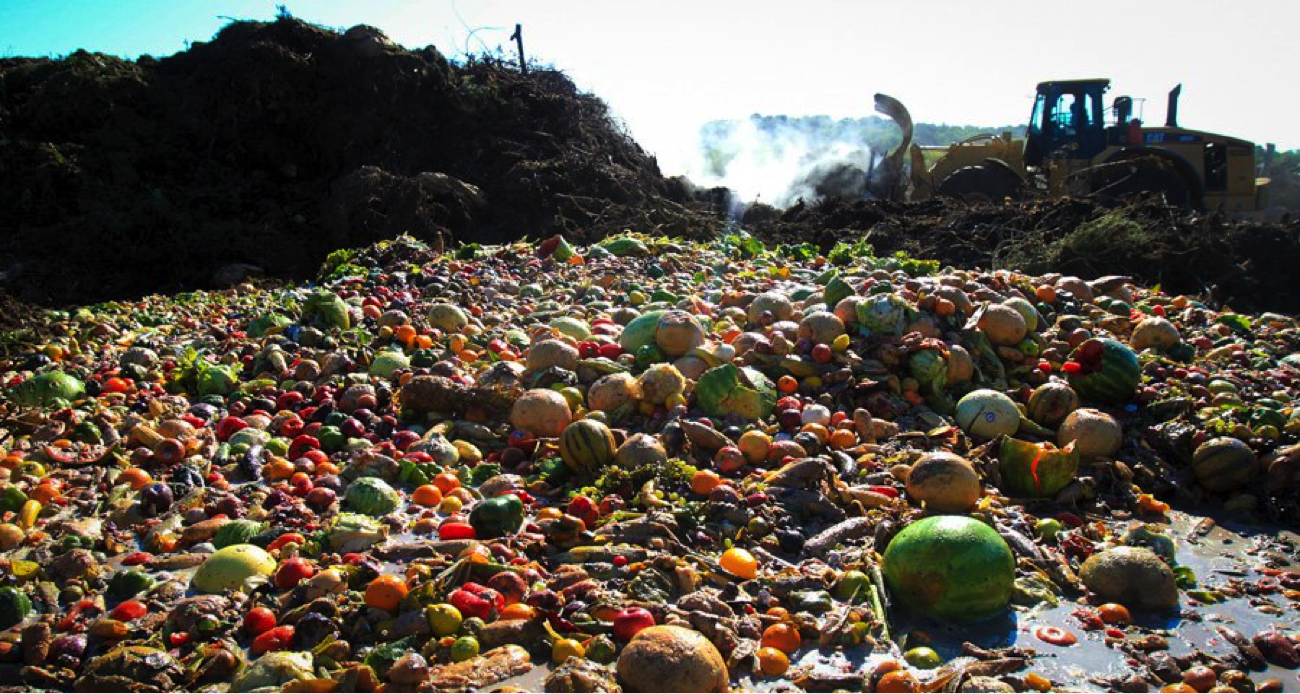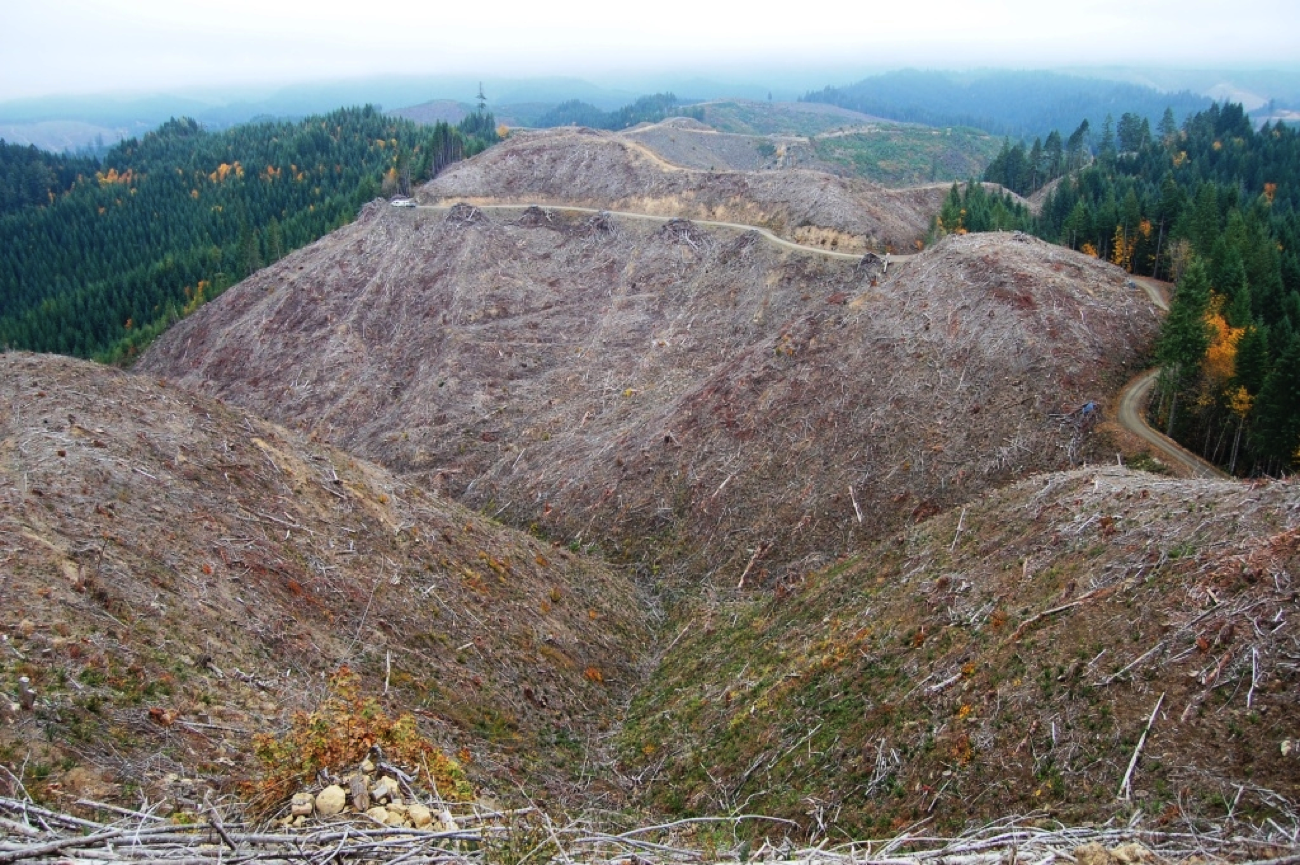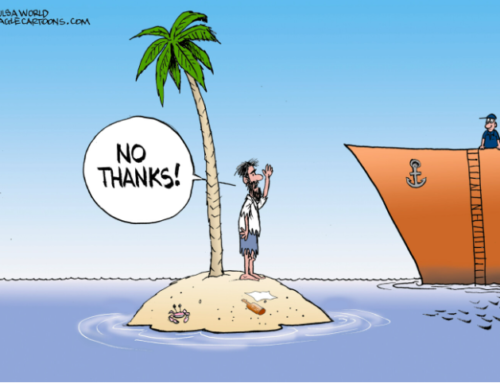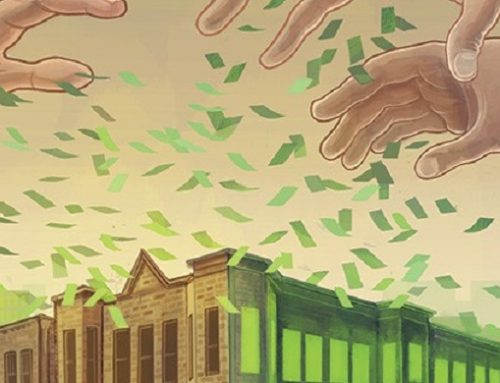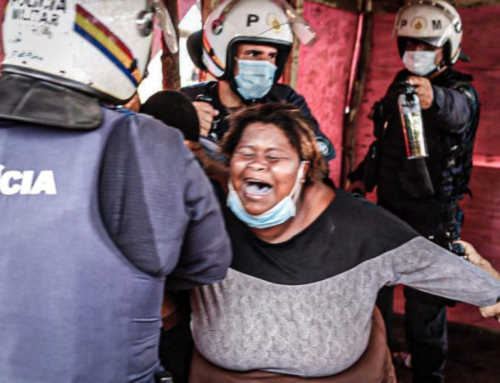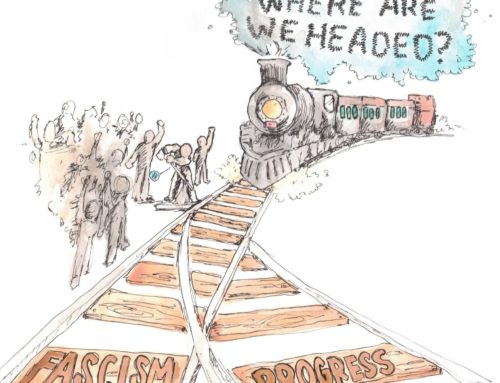Modern Industrial Agriculture: A Success?
Little thought is given to how food is produced. When we are hungry, we eat the food in our pantry. When we run out of food, we go to the supermarket. Before our eyes is a seemingly endless bounty of food as we walk the aisles of the brightly-lit, climate-controlled supermarket. There is at least one of these overstocked supermarkets in every major city and town in the United States. There is so much food here most of it sits on shelves, never to be bought. But what happens to the food nobody buys? Why are store shelves so full while people starve in the streets here and elsewhere? What is the environmental and social cost to producing all this food that no one will ever eat?
Answers to these questions point to one conclusion: the modern industrial food system is a disaster for the human race and the planet. Industrial food production under capitalism is responsible for 24% of all greenhouse gas emissions. These greenhouse gas emissions are to blame for the accelerating phenomenon of climate change, which has increased the prevalence and intensity of major environmental events like sea level rise, drought, heat waves and hurricanes. Large portions of South Florida are forecasted to be underwater by 2025, directly attributable to climate change.
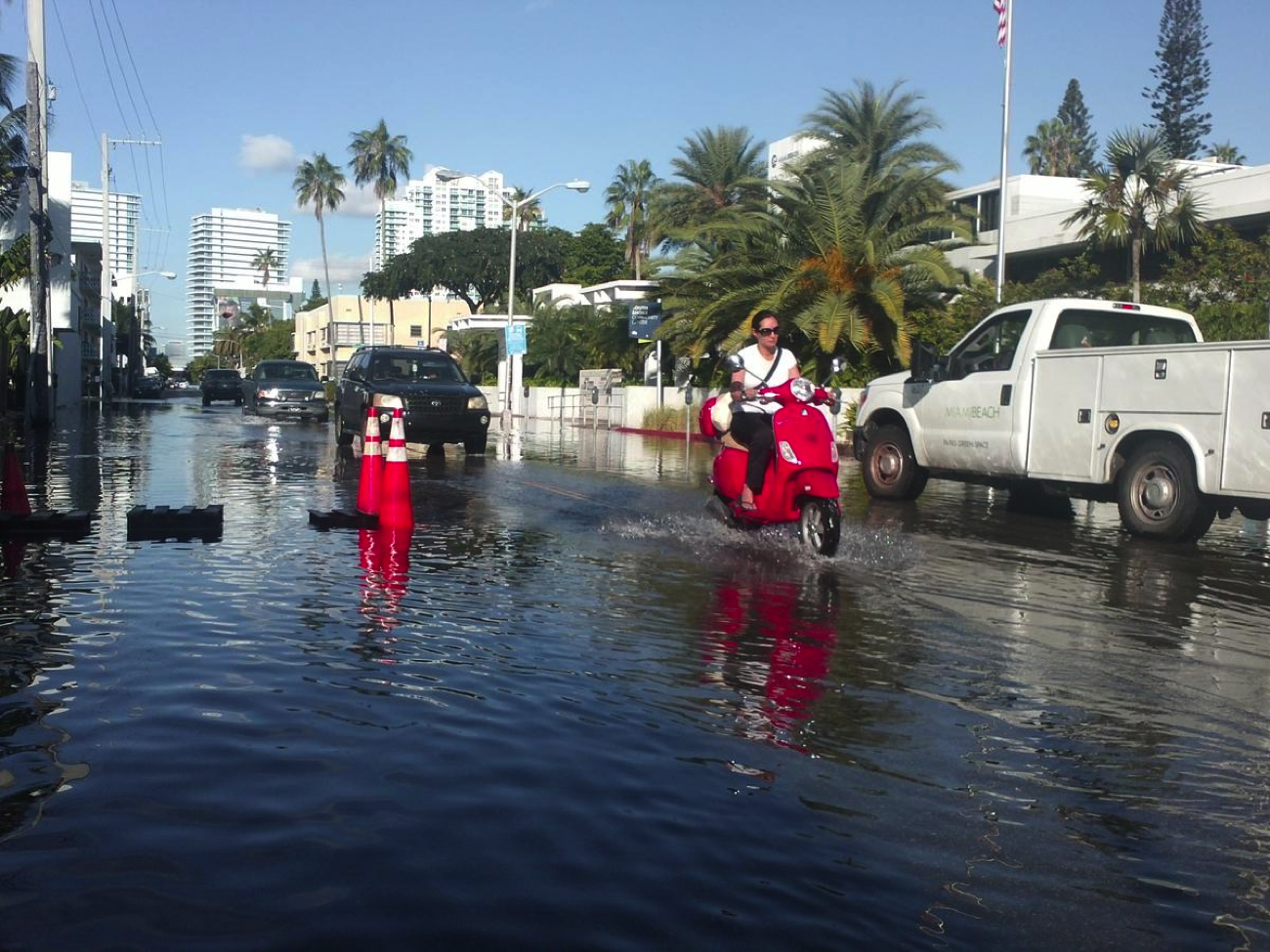
King tide that consumes Miami Beach a few times a year to only get worse as seas rise with climate change. Photograph by Arianna Prothero/WLRN
Such events are catastrophic, but they are few of the many problems that come with modern industrial agriculture. Cyclical outbreaks of swine flu, bird flu, mad cow disease, E. coli, Salmonella and Listeria are propagated by the close contact of humans and animals in factory farms. Overuse of antibiotics on animals living in tight quarters and horrendous conditions facilitates the development of stronger, antibiotic-resistant pathogens that make 48 million people sick, hospitalize 128,000 and kill 3,000 each year in the US.
Industrial agriculture is also the single largest accelerant of deforestation. Large swaths of forests – once belonging to native populations or currently being stolen from them – are vaporized with techniques like slash and burn or uniform clearcutting to make room for industrial crops. Untold numbers of animal and plant species are removed from the earth in the process and the natural carbon sinks created by these forests disappear with them.
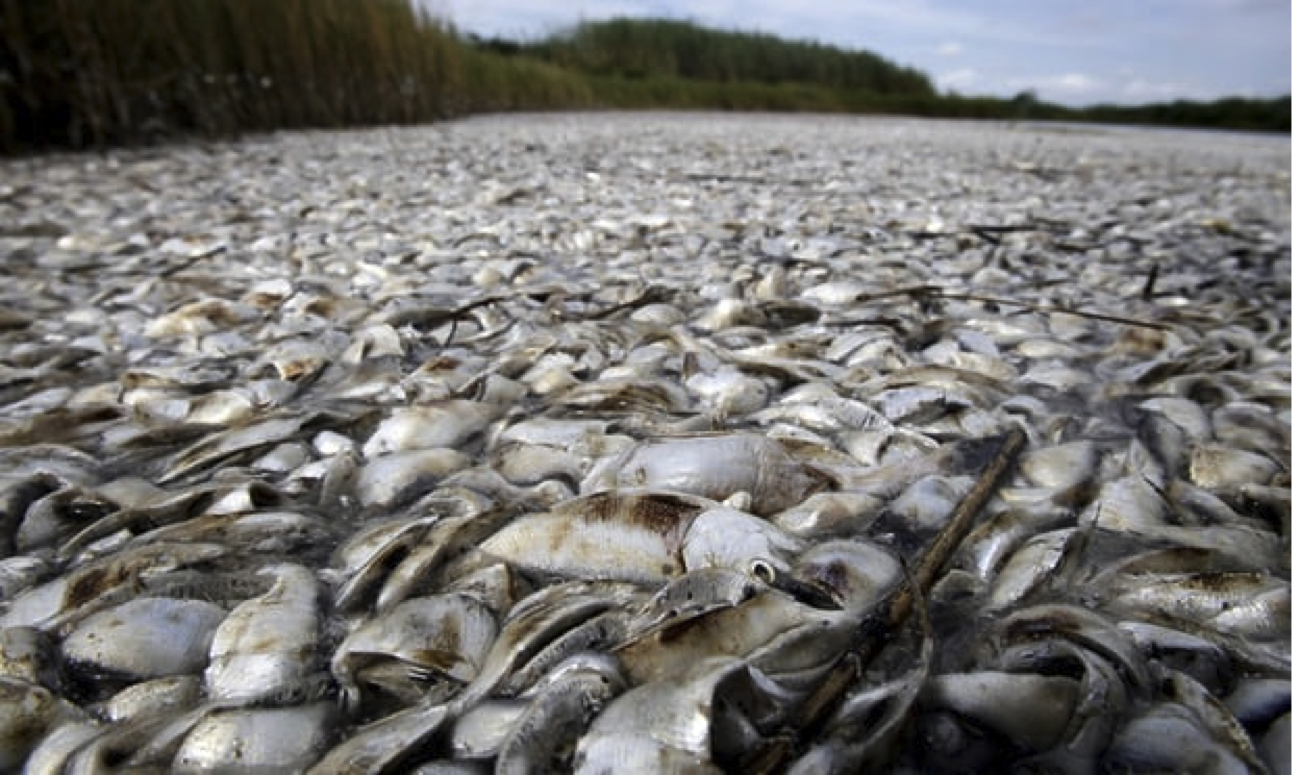
Vast ocean “dead zones” are the result of manure and fertilizer draining into the Gulf of Mexico and elsewhere. Photograph by Patrick Semansky/AP
Fertilizer and agricultural runoff from industrial farms has created a massive dead zone in the Gulf of Mexico where oceanic life cannot survive. This area is larger than the state of New Jersey and isn’t the only one of its kind. Over 400 dead zones now exist along 95,000 square miles of sea around the world. And this spells bad news for the marine life that ecosystems and humans rely on. Nearly 85% of global fish stocks are overexploited and depleted by commercial fishing and large portions of seabed in the Mediterranean and North Sea are virtually fish deserts. With the disappearance of fish – a significant source of protein for millions of people around the world – comes the threat of food scarcity for subsistence coastal populations, such as those in the Philippines and Indonesia.
The alternative to commercial fishing – fish farming – creates massive amounts of pollution that greatly contributes to the aforementioned ocean dead zones. Farmed fish also cultivate deadly infections and parasites that must be treated with antibiotics. Treating these fish with antibiotics generally leads to antibiotic-resistant pathogens that infect large numbers of fish when they escape into the wild, further contributing to the disappearance of dwindling fish populations.
Furthermore, the modern industrial food system is tremendously inefficient and wasteful. To produce one kilogram of meat requires 20-50 times the water necessary to produce one kilogram of vegetables. With four billion people facing severe water shortages every year, the current system of food production is a staggering misuse of resources. Nearly 800 million people could be fed with the grain fed to cattle each year, but such a figure is surpassed by the fact that between 30 and 50% of all the world’s food goes to waste every year.
With each passing year, the problem becomes far worse. In 2016, the number of people suffering from chronic hunger rose to 815 million. The destruction, inefficiency and waste of the modern industrial food system is no accident. Such egregious externalities are not the result of poor management, quickly remedied with a new CEO or regulatory legislation. Existing resources and production are more than sufficient in providing for everyone’s needs, but capitalism does not efficiently manage and distribute these resources because it must function in the interest of the capitalist class.
Why Do These Issues Persist?
Quite simply, the problem of modern industrial agriculture is capitalism. Under capitalism, resources are not distributed based on need or how much one works but on how much one can pay. Should you have no money, the market makes no effort to satisfy your needs. Markets do not offer freedom of choice, but the freedom to buy. And to buy, you must have money. For the majority of people not born into dynasties of wealth, that means trading one’s labor for a wage. The wage given to a worker is but a fraction of the wealth they create because capital can only be accumulated by stealing surplus value from the worker.
This, however, isn’t the end of the story. Capitalism is a global system and, thus, certain regions of the world are more relentlessly exploited because they have the resources capitalists need to produce commodities. Since the colonial era, Western empires have sought out resources to keep industry churning and used military intervention, economic sanctions and genocide to obtain these resources. Such imperialism has been met with fierce opposition from dominated peoples, but sectors of the local bourgeoisie have allied with imperialist interests to maintain control over regions in turmoil and preserve their wealth. In the post-colonial era, many of these regions exist in an arrangement similar to colonialism. Nevertheless, many dominated groups continue to actively resist capitalism and imperialism from all directions.
This arrangement is no accident. To sustain itself, capitalism requires resources – people and raw materials – to exploit. Should capital decide a forest needs to be clear-cut to generate profit but no forest lie where capital resides, capital will seek out a forest. Likewise, should industrial agriculture have no market for its surplus, it will find one. Excess goods from the West are dumped in countries like Jamaica, where local industry cannot compete with the artificially low prices of Western subsidized agricultural goods. These local industries eventually succumb to economic pressure imposed by the West through capital, the IMF and the World Bank. What fills the void of local industry is a dependence on Western industry.
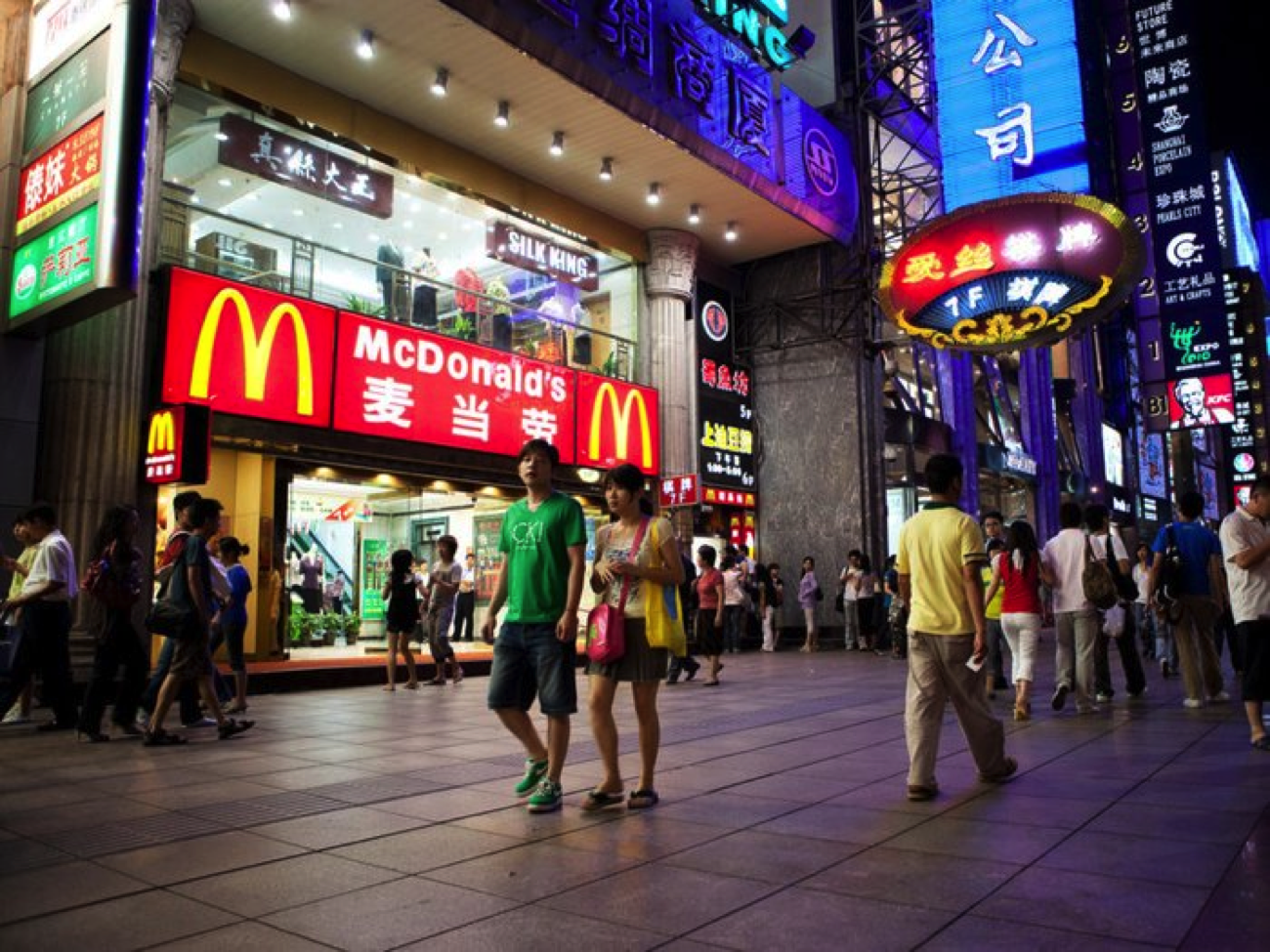
One of the many McDonald’s restaurants in China and around the world, demonstrating the reach of US imperialism. Ryan Pyle/Corbis via Getty Images
This dynamic isn’t confined to Jamaica. Take a trip abroad, within or outside Europe, and a walk around the city will reveal the familiar sights of home: McDonald’s, Taco Bell and KFC restaurants, Coca Cola machines and Pepsi billboards. These companies work with agricultural producers like General Mills, Nestle, Coca Cola and Pepsico to create inexpensive, mass-produced food that has a long shelf life and can be easily transported. Go to a local restaurant and the food you buy there – whether it contains wheat, rice, sugar, flour or meat – was most likely cultivated and processed by the same Western agricultural giants as the food in a McDonald’s or KFC restaurant. Anywhere you look on the globe, industry has dominated that region in the pursuit of capital. The same system that finds ways to offload surplus in dominated regions cannot efficiently distribute this surplus. To do so would be to cease the functioning of the system, to end capital accumulation itself.
Make no mistake, the world lives under an agricultural surplus. Capitalism is in a perpetual state of overproduction of all things, including food. But when half our food goes to waste and millions starve, something is profoundly wrong with the system. When the production of food accelerates global warming, destroys our forests and renders our oceans inhospitable to life, something is profoundly wrong with the system. When trillions of gallons of water are used to produce meat annually and four billion people face water shortages every year, something is profoundly wrong with the system. When thousands of people in the US fall ill and die because of animal-transmitted pathogens, something is profoundly wrong with the system.
Stand Up. Fight Back. ORGANIZE.
Our world is dying. We know who is killing it. Those who occupy the highest positions in the structures that order out lives – CEOs, politicians and all members of the capitalist class – are killing us and our planet to maintain a system that benefits them, not us. The titans of industrial agriculture – General Mills, Nestle, Coca Cola, Pepsico, Monsanto – will continue exploiting us and the environment until there is nothing left.
That is, unless we fight back.
The time is now for us to organize against capitalism, against imperialism, against all the forces of domination and oppression in this world.
To make a change, it takes all of us to engage with each other and the world around us. No politician can do this for us, no boycotts can take the place of coordinated efforts to end the current system.
Let’s unite against capitalism and imperialism. If this resonates with you, get in touch!
onestruggle.southflorida@gmail.com
onestruggle.fiu@gmail.com
FB – @OneStruggle
IG – @OneStruggle.FIU
Twitter – @OneStruggleSF

